Impacting Classroom Skills
Spatial orientation may be defined as the ability to maintain the posture of the body as it relates to the surrounding space. Whether the body is at rest or moving, children need to be aware of how they are positioned in the space around them. For example, in order to be safe while moving around in a playground, a child needs to be aware of where they are in space. In a similar manner, moving letters and arranging them into words between lines on a sheet of paper requires spatial orientation.
Spatial orientation is a visual perceptual skill. When these skills are firmly in place we see greater success in daily living activities both at home and at school. Buttoning buttons and tying shoelaces are examples of daily living skills that require use of spatial orientation in the home. Identifying fractions and being able to line up rows and columns for division are examples of spatial orientation skills at work at school.
Position, Position, Position
Many children who have developmental disabilities often find it difficult to maintain a steady body position when resting or when moving about. Since sensory receptors for sounds, vision, and gravity, are all located within the head, it becomes important to keep these sensory receptors positioned properly.
These sensory receptors and their respective systems were designed to help the brain develop an appreciation of imaginary horizontal and vertical lines around which objects in the environment are positioned. Due to low muscle tone, incoordination, inattention, and other factors, these children tend to have difficulty maintaining an erect position of the head and upper body. Therefore, spatial orientation skills often fail to develop properly.
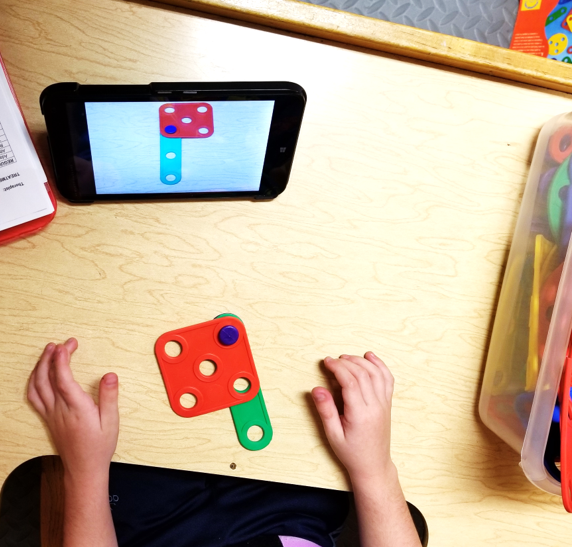
Watch for common errors during building projects to help identify underlying issues when spatial orientation skills fail to develop properly
Common errors include:
- Reversals
- Inversions
- Displacements

Helpful Strategies for Developing Spatial Orientation
Heavy work with visual targets (visual input) can be used to help develop spatial orientation skills. Heavy work tends to position the head and upper back for extension with stability.
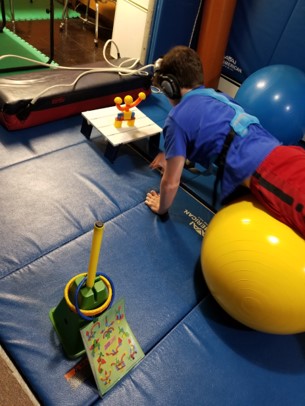
Whole body movement activities
Whole body activities that incorporate use of a swing can be used to improve spatial orientation skills
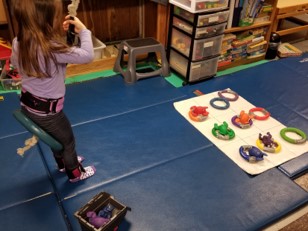
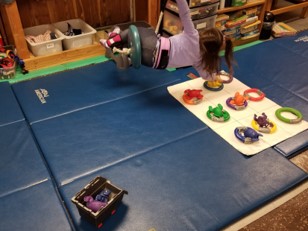
Whole body activities that incorporate use of riding toys can be used to improve spatial orientation skills

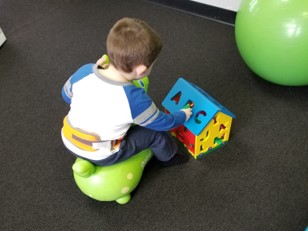
Setting Up An Activity to Invite Use of Language

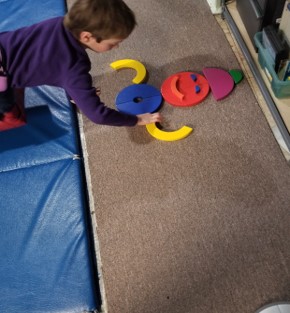
To find out more about spatial orientation skills, please refer to corresponding blogs on our website.

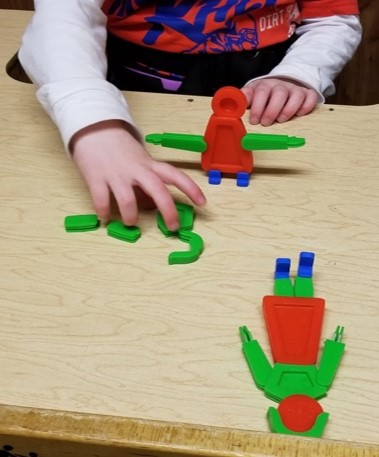
Comments are closed.